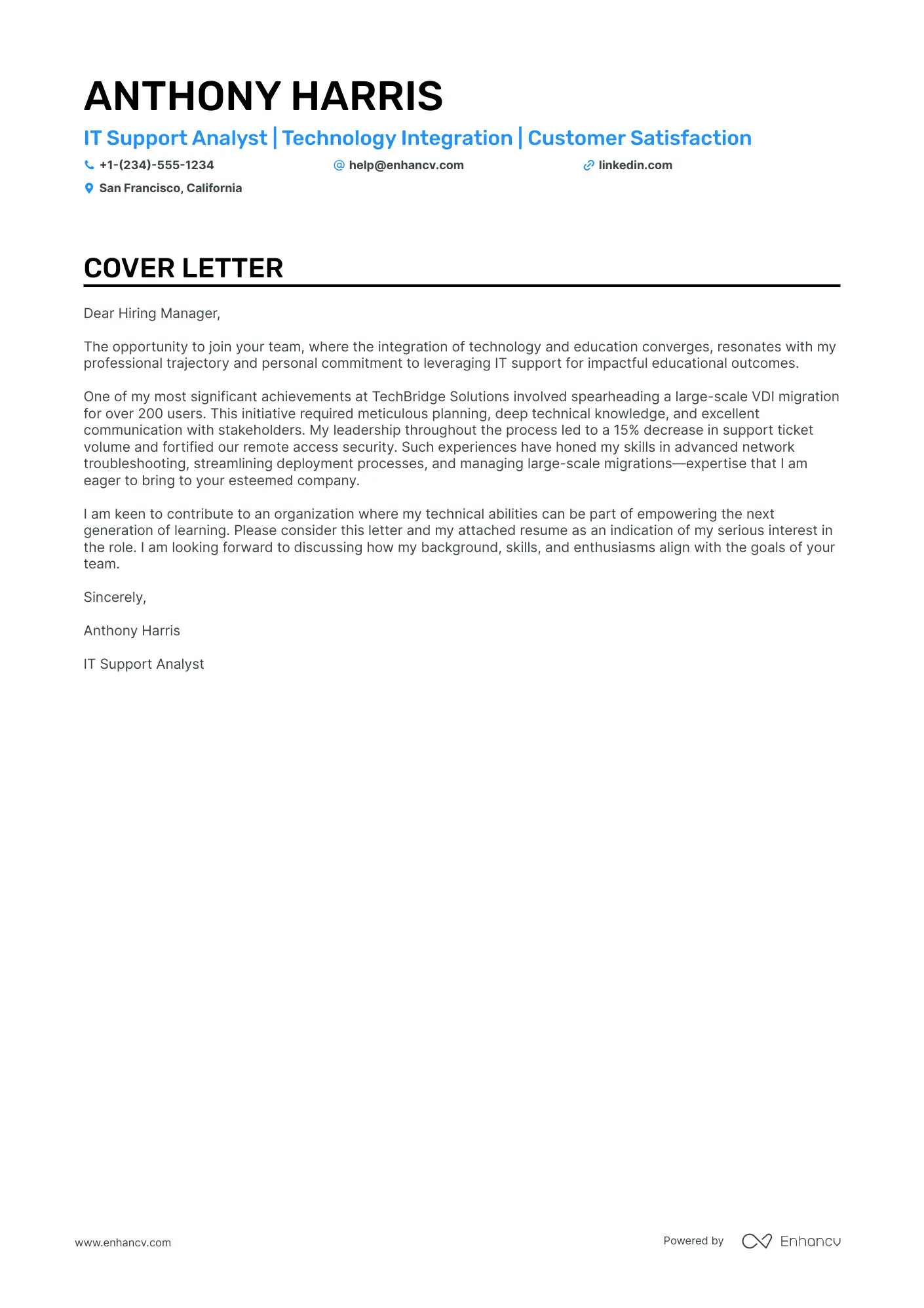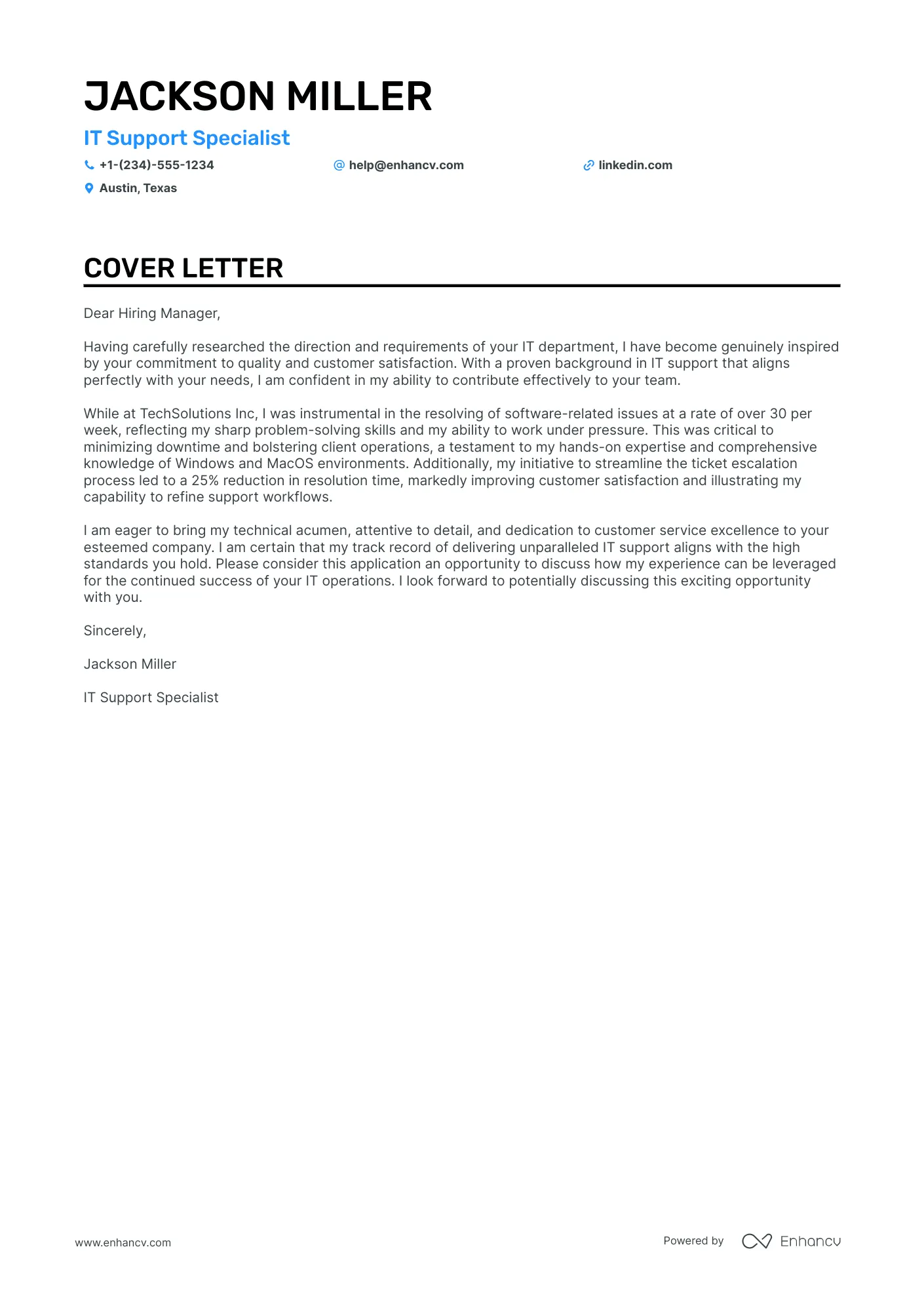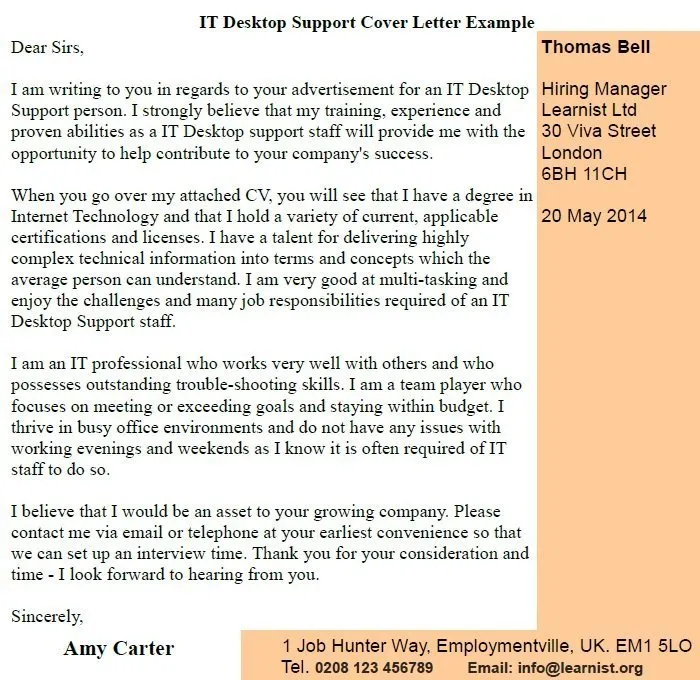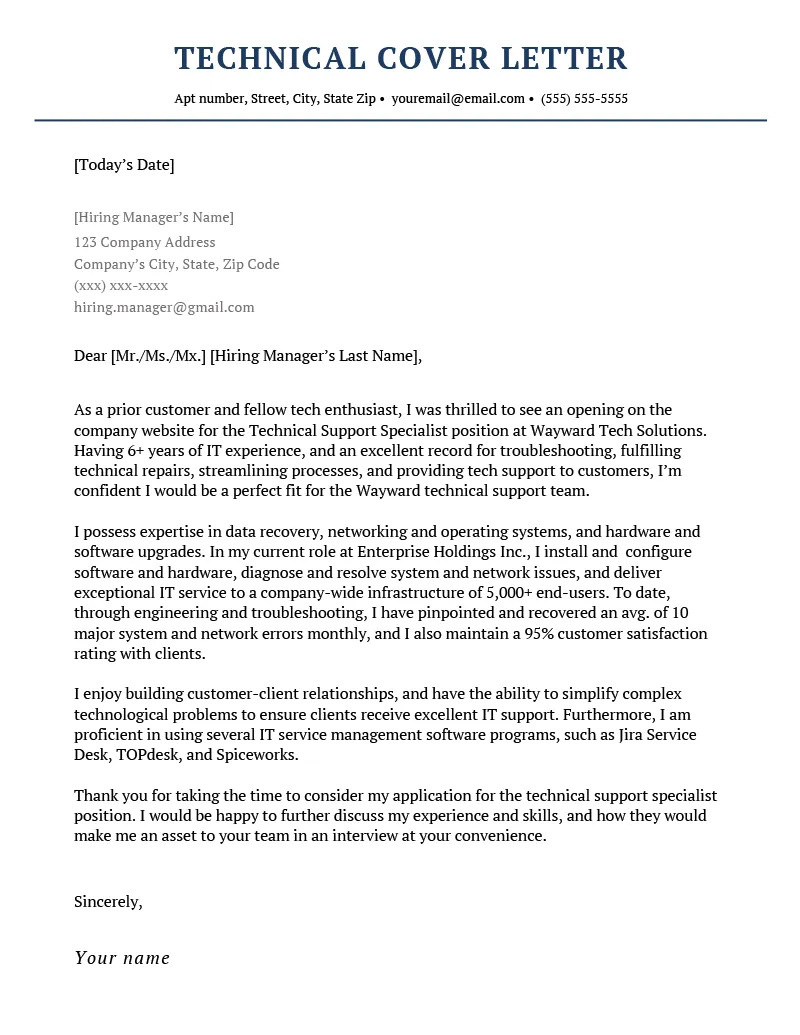What is a Cover Letter Sample
A cover letter sample is a model document that demonstrates how to effectively communicate your qualifications, skills, and enthusiasm for a specific job in a written format. Essentially, it is a guide to help job seekers create their own unique cover letters. It includes examples of language, structure, and content to use. The purpose of a cover letter is to introduce yourself to a potential employer and highlight your suitability for the position. Cover letters are typically used alongside a resume and are often the first impression you make on a hiring manager. A well-crafted cover letter is a critical part of a job application that can significantly improve your chances of getting an interview. A sample serves as a blueprint to guide your writing and tailor it to your specific needs and the requirements of the job you’re applying for. By studying cover letter samples, job seekers can gain insight into the best practices for writing a compelling and professional cover letter.
Cover Letter Sample Importance
The importance of a cover letter sample lies in its ability to show job seekers how to enhance their application. It serves as a tool that helps you tailor your cover letter to highlight the skills and experience that align with the job requirements. Cover letters can demonstrate your communication skills, personality, and enthusiasm for the role, which are difficult to convey in a resume. A customized cover letter allows you to showcase why you’re a perfect fit for the company and the specific position. Including one can distinguish you from other applicants, especially in competitive fields like IT support. A well-written cover letter can help you make a strong first impression. Using a sample can help you emphasize the value you bring to the organization and allows you to connect with the hiring manager on a more personal level. This also helps you to tell a story about your experience and skills. When you write your own cover letter, you also demonstrate your willingness to go the extra mile.
Cover Letter Sample Key Elements

The key elements of a cover letter include a proper header with your contact information and the date, followed by the hiring manager’s contact information. A professional salutation addressing the hiring manager by name (if possible) is crucial for a personal touch. The opening paragraph must grab the reader’s attention. The body of the letter should highlight your relevant skills and experience, referencing specific achievements and quantifying your results whenever possible. Make sure to align your qualifications with the job description and explain why you’re interested in the role and the company. A strong closing paragraph should summarize your key qualifications and reiterate your interest, and it should also include a call to action, such as expressing your availability for an interview. Finally, a professional closing with your full name is essential. A well-structured and tailored cover letter can significantly boost your chances of getting noticed.
Cover Letter Sample Formatting Tips
Effective cover letter formatting improves readability and makes a positive first impression. Use a clear and professional font such as Arial, Calibri, or Times New Roman in a 10-12 point size. Maintain consistent formatting throughout the document, including spacing and alignment. Single-space the body of your letter, with a space between paragraphs to separate ideas. Use left alignment, avoiding justification unless it is specifically required. Ensure your letter fits on one page, as hiring managers often have limited time to review applications. Use clear headings and bullet points to organize information and make it easy to scan. Pay attention to margins, setting them to be around 1 inch on all sides. Always proofread your cover letter for any formatting errors before submitting. Formatting can be the deciding factor in your application.
Cover Letter Sample Writing Style
The writing style of a cover letter should be professional, concise, and engaging. Use a formal tone, avoiding slang, jargon, or overly casual language. Start with a strong opening paragraph that immediately captures the reader’s attention and expresses your enthusiasm for the position. Focus on highlighting your achievements and quantifying your contributions whenever possible, using action verbs to describe your skills and experience. Tailor your writing to the specific job and company, demonstrating your understanding of their needs and values. Keep the tone positive and confident, emphasizing your ability to contribute to their team. Keep your paragraphs concise and easy to read. Finally, ensure your writing is free of grammatical errors, typos, and spelling mistakes. Always proofread and edit to ensure your cover letter makes a positive impact.
Cover Letter Sample Tailoring to IT Support

When writing a cover letter sample for an IT support role, highlight your technical skills and any certifications you possess. Mention your experience with hardware, software, and networking systems, and emphasize your ability to troubleshoot and resolve technical issues. Showcase your soft skills, such as communication, problem-solving, and customer service, and explain how you can interact with diverse users. Tailor your letter to the specific requirements of the job description and showcase your relevant experience, like your experience with help desk support, remote support, or system administration. Mention any specific tools or technologies that the employer uses, like specific operating systems or applications. Quantify your achievements whenever possible, such as by the number of resolved tickets or improved user satisfaction. Make sure you align your skills with the role to improve your success rates.
Cover Letter Sample Common Mistakes
Avoid common mistakes to ensure your cover letter is effective. Do not send a generic cover letter; personalize it to each job you apply for. Avoid grammatical errors and typos, as they can diminish your credibility. Do not ramble or include irrelevant information that does not align with the job requirements. Avoid using clichés or overly formal language that sounds insincere. Do not simply repeat your resume; instead, expand on your qualifications and provide additional context. Avoid negative language or badmouthing previous employers or colleagues. Do not exceed one page in length; keep it concise and focused on the most relevant information. Always proofread your cover letter carefully before submitting to catch any errors.
Cover Letter Sample Proofreading and Editing
Thorough proofreading and editing are crucial steps in the cover letter writing process. After writing your cover letter, take the time to review it carefully for any errors in grammar, spelling, and punctuation. Read it aloud to catch any awkward phrasing or sentences that don’t flow naturally. Check for consistency in formatting, such as font, spacing, and alignment. Ensure that your contact information is accurate and up-to-date. Ask a friend, family member, or career counselor to review your cover letter and provide feedback, offering a fresh perspective on your writing. Verify that your letter is tailored to the specific job and highlights the relevant skills and experiences. Make sure your tone is professional and positive throughout the letter. By investing time in proofreading and editing, you ensure that your cover letter reflects your skills and attention to detail, increasing your chances of making a positive impression.
Cover Letter Sample Optimizing for Applicant Tracking Systems (ATS)

Optimizing your cover letter for Applicant Tracking Systems (ATS) is essential to ensure your application is noticed. Research the ATS used by the company and use keywords from the job description throughout your cover letter. Structure your letter in a way that’s easy for the ATS to parse, with clear headings and bullet points. Avoid using tables, images, or complex formatting that might confuse the system. Use a standard font and font size that the ATS can easily read. Make sure your contact information is clearly displayed at the top of the letter. Include a summary of your relevant skills and experiences at the beginning, to ensure the ATS understands your qualifications quickly. Regularly update your cover letter with relevant keywords and phrases to increase your chances of getting through the system. By optimizing your cover letter, you will improve your chances of your application reaching a human.
Cover Letter Sample Final Checklist
Before submitting your cover letter, use a final checklist to ensure it is ready. Verify your contact information and the date. Check the salutation, ensuring you’ve addressed the hiring manager correctly, if possible. Make sure the letter is customized to the specific job requirements and the company. Review the content for relevant skills, experiences, and achievements. Confirm that the formatting is consistent and professional. Proofread the letter for any errors in grammar, spelling, and punctuation. Ensure that the tone is professional, positive, and engaging. Check the length of the letter, making sure it’s concise and fits on one page. Confirm you’ve included a call to action, such as expressing your availability for an interview. Make sure your closing is professional and includes your full name. This final checklist will guarantee your cover letter makes a positive impression.
